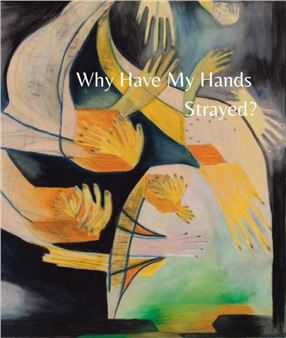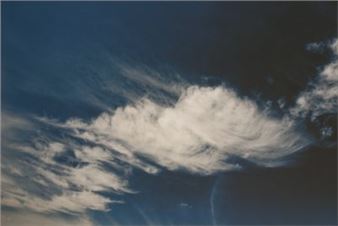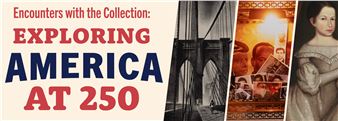The Democracy Of Print
This exhibition celebrates UConn Professor Emeritus of Printmaking Gus Mazzocca’s gift to the Benton of more than 150 prints by Polish artists. The prints came to Mazzocca through the exchange program that he established in 1984 with the Academy of Fine Arts in Krakow, Poland. Produced largely during the 1970s and 1980s, the prints provide an opportunity to sample artistic production in Krakow during the Cold War, when Poland became a satellite state of the Soviet Union. The exhibition’s title, presented in both Polish and English, suggests how printmaking helped artists involved in the exchange transcend cultural and political barriers to find common ground.
The exhibition is divided into three parts. The first section situates key works within the context of Poland’s Cold War history. It explores how artists used metaphor to represent the contradictions of life under Communism. The second section features a wide variety of prints by artists who studied and taught at Jan Matejko Academy of Fine Arts in Krakow. The selection shows how generations of artists at the academy have shaped each other’s work. The third section documents the early years of the exchange between UConn’s School of Fine Arts and the Academy of Fine Arts in Krakow. It includes prints as well as posters, video, photographs, and other ephemera from the exchange’s twenty-year history.

Recommended for you
This exhibition celebrates UConn Professor Emeritus of Printmaking Gus Mazzocca’s gift to the Benton of more than 150 prints by Polish artists. The prints came to Mazzocca through the exchange program that he established in 1984 with the Academy of Fine Arts in Krakow, Poland. Produced largely during the 1970s and 1980s, the prints provide an opportunity to sample artistic production in Krakow during the Cold War, when Poland became a satellite state of the Soviet Union. The exhibition’s title, presented in both Polish and English, suggests how printmaking helped artists involved in the exchange transcend cultural and political barriers to find common ground.
The exhibition is divided into three parts. The first section situates key works within the context of Poland’s Cold War history. It explores how artists used metaphor to represent the contradictions of life under Communism. The second section features a wide variety of prints by artists who studied and taught at Jan Matejko Academy of Fine Arts in Krakow. The selection shows how generations of artists at the academy have shaped each other’s work. The third section documents the early years of the exchange between UConn’s School of Fine Arts and the Academy of Fine Arts in Krakow. It includes prints as well as posters, video, photographs, and other ephemera from the exchange’s twenty-year history.
Artists on show
- Andrzej Kowalczyk
- Andrzej Pietsch
- Anna Sobol-Wejman
- Bożena Korska
- Dariusz Vasina
- Gus Mazzocca
- Jacek Sroka
- Jan Bujnowski
- Jan Burnat
- Jan Tadeusz Pamuła
- Jan Uhrynowicz
- Jerzy Dmitruk
- Jerzy Panek
- Joanna Kaiser
- Krysztof Wejman
- Krzysztof Tomalski
- Małgorzata Jenta Dmitruk
- Marek Szymański
- Mieczysław Wejman
- Piotr Kunce
- Roman Żygulski
- Ryszard Otręba
- Stanisław Jakubas
- Stanislaw Wejman
- Tadeusz Król
- Wlodzimierz Kotkowski
- Włodzimierz Kunz
- Wojciech Kwaśniewski
- Zbigniew Biel
- Zbigniew Czop
- Zbigniew Jeżo

 ARTISTS
ARTISTS














